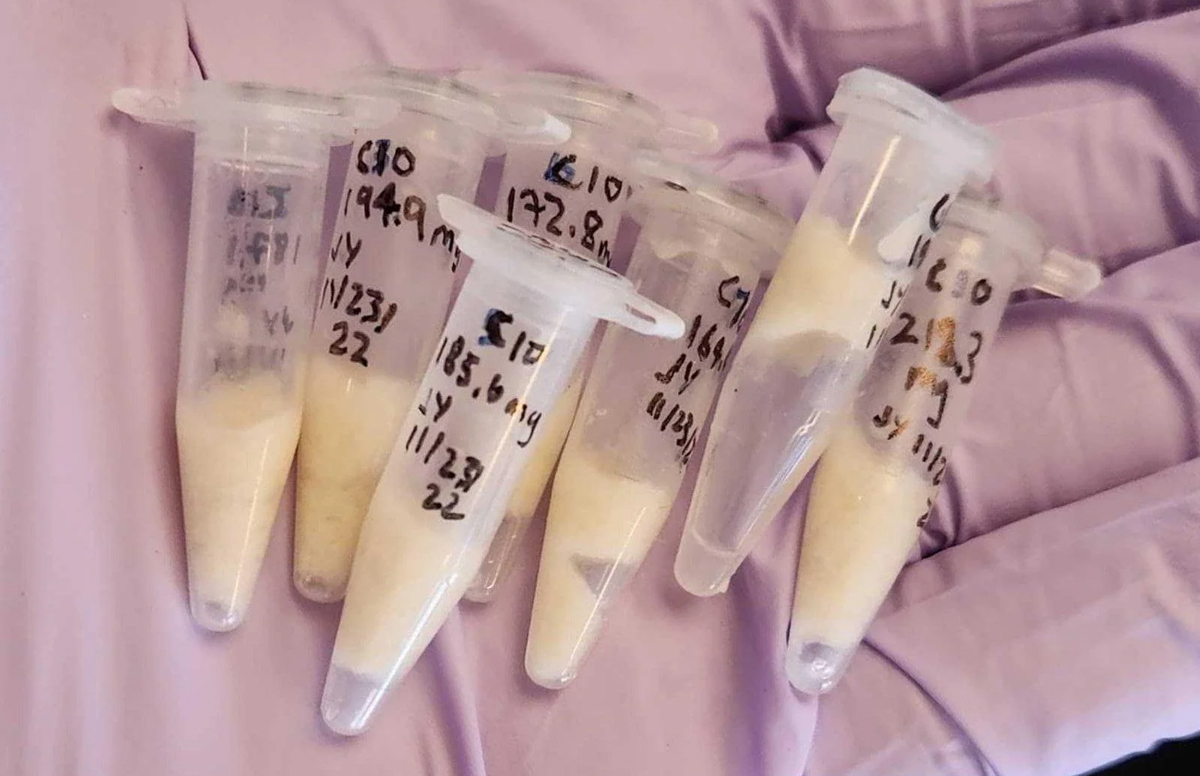
Tufts University's Lab-Grown Fat Could Give Cultured Meat Real Flavor and Texture
April 12, 2023| |
Researchers at the Tufts University Center for Cellular Agriculture (TUCCA) have successfully produced fat tissue in the lab with a similar texture and composition to fat tissue that is naturally occurring in animals.
Most cultivated meat products in development lack the real texture of meat created by muscle fibers, connective tissues, and fat. Aside from texture, fat also contributes to meat's flavor. Producing cultured fat tissue in sufficient quantities has been a major challenge because the cells in the middle become starved of oxygen and nutrients as the fat grows into a mass. In nature, oxygen and nutrients are delivered by blood vessels and capillaries throughout the tissue. Researchers still have to replicate that vascular network at large scale in lab-grown tissue, so they can only grow muscle or fat to a few millimeters in size.
The researchers at TUCCA got around this limitation by growing fat cells from mice and pigs first in a flat, two-dimensional layer. They harvested those cells and aggregated them into a three-dimensional mass with binders such as alginate (developed from seaweed) and microbial transglutaminase (MTG), which are both used in some commercial foods. The aggregated fat cells appeared like fat tissue, and the team performed further experiments to see if they truly reproduced the features of native fat from animals.
They found that cell-grown fat bound with alginate withstood a similar amount of pressure as fat tissue in livestock and poultry. The cell-grown fat bound with MTG behaved more like rendered fat, similar to lard or tallow. This suggests that the texture of cultured fat can be fine-tuned using different types and amounts of binders so they resemble the real-life texture of fat within the meat.
For more details, read the news release in Tufts Now.
| |
You might also like:
- AI Helps Generate Protein-based Fat Alternative
- NTU Singapore Scientists Genetically Engineer Plants to Increase Oil Content
- Scientists Engineer Plants to Make Infant-friendly Fat Molecules for Formula Milk
Biotech Updates is a weekly newsletter of ISAAA, a not-for-profit organization. It is distributed for free to over 22,000 subscribers worldwide to inform them about the key developments in biosciences, especially in biotechnology. Your support will help us in our mission to feed the world with knowledge. You can help by donating as little as $10.
-
See more articles:
-
Plant
- NC State Researchers Assemble Pathogen ‘Tree of Life' with T-BAS Toolkit
- Experts Review Agri Extension Programs for Nigerian Rural Farmers
- Japan Gives Nod to Genome-edited Waxy Maize
- 2Blades and Collaborators Release the Annotated Genome Sequence of the Soybean Rust Pathogen
- USDA APHIS Clears Danforth Center's Genome-Edited Semi-Dwarf Teff
-
Animal
- Pigs Find Relief Against E. coli Infection in Edible Vaccine from GE Tobacco Seeds
-
Food
- Tufts University's Lab-Grown Fat Could Give Cultured Meat Real Flavor and Texture
-
Environment
- Plant-based and Cultured Cell Have the Least Environmental Impact Among Meat Alternatives
-
Read the latest: - Biotech Updates (December 17, 2025)
- Gene Editing Supplement (December 17, 2025)
- Gene Drive Supplement (February 22, 2023)
-
Subscribe to BU: - Share
- Tweet

